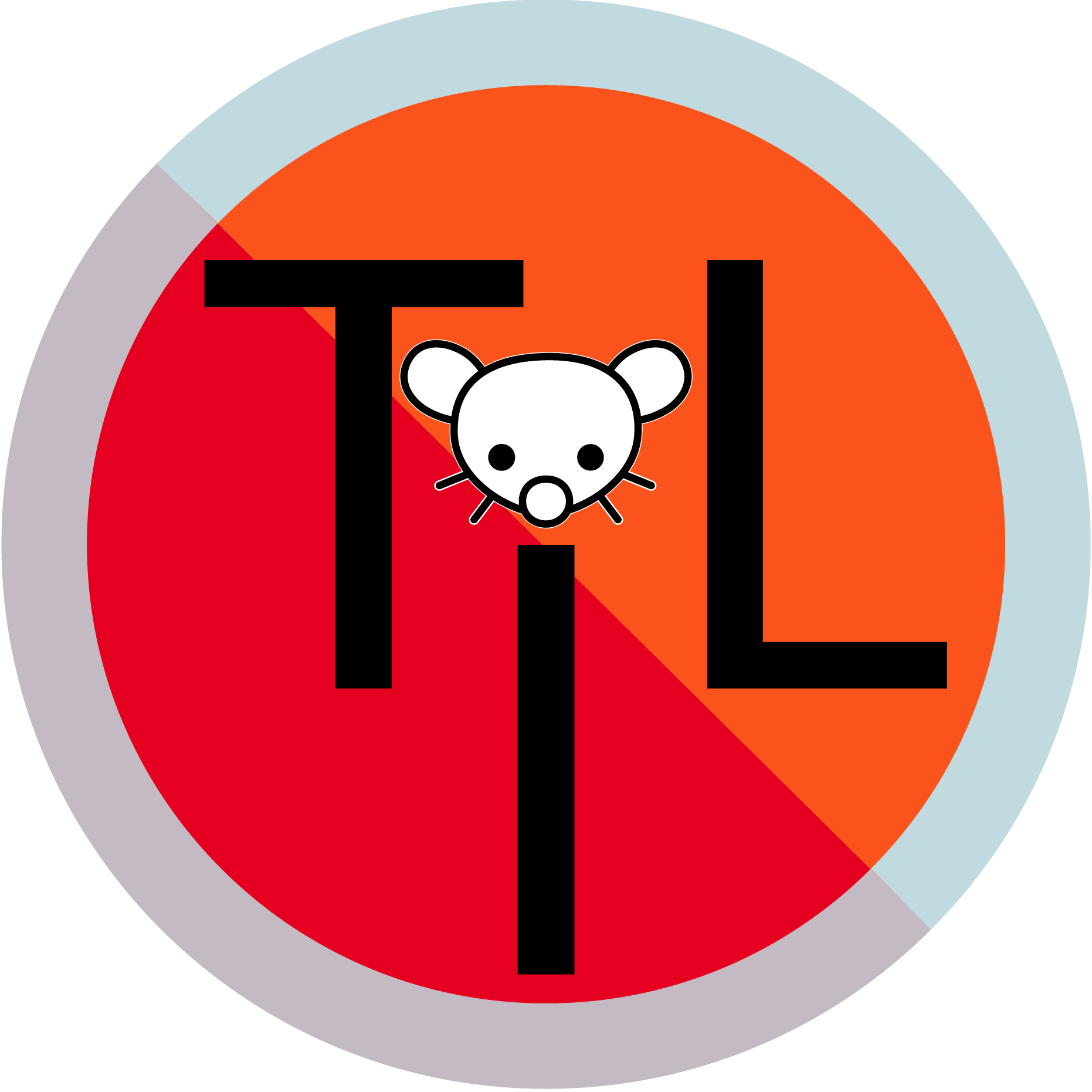Erica Chenoweth initially thought that only violent protests were effective. However after analyzing 323 movements the results were opposite of what Erica thought:
For the next two years, Chenoweth and Stephan collected data on all violent and nonviolent campaigns from 1900 to 2006 that resulted in the overthrow of a government or in territorial liberation. They created a data set of 323 mass actions. Chenoweth analyzed nearly 160 variables related to success criteria, participant categories, state capacity, and more. The results turned her earlier paradigm on its head — in the aggregate, nonviolent civil resistance was far more effective in producing change.
If campaigns allow their repression to throw the movement into total disarray or they use it as a pretext to militarize their campaign, then they’re essentially co-signing what the regime wants — for the resisters to play on its own playing field. And they’re probably going to get totally crushed.



Thanks for taking the time to go through that. These quotes show difficulty disambiguating violent vs nonviolent movements and their outcomes in the data, but I’d say that doesn’t quite justify your implied claim that the data points to violent civil resistance methods as successfully “play[ing] a more direct role in undermining the system of oppression.”